Uttar Pradesh
Uttar Pradesh
Uttar Pradesh has been the most dominant state in Indian politics and culture since Independence. The Ganges which forms the backbone of the state, is considered sacred by Hindus, and has seven holy towns including Varanasi, the holiest of the holies. Uttar Pradesh is also of importance to Buddhists; it was at Sarnath that Buddha first preached his message.
Most of Uttar Pradesh consists of the vast Ganges plain, an area which often floods during the monsoons. In stark contrast to the plains, the scenic north-western corner has hill stations which offers some of the best trekking opportunities. The main languages spoken here are Hindi, Urdu and English.
The highlights of Uttar Pradesh are the Taj Mahal, the Fatehpur Sikri, the ghats at Varanasi, the hill stations and the Corbett Tiger Reserve.
Lucknow, the capital city, is a city rich in culture and history. Built by the Nawabs, it's a city that takes its manners seriously. Here, the Bara Imambara, the Chota Imambara, the Residency and the Rumi Darwaza are the primary draws.
The city of Agra, home to the world-famous Taj Mahal, is a typically north Indian city. The Agra Fort a massive red sandstone structure, begun by Akbar was completed by his grandson Shah Jahan.Known for leather goods and jewelry, the Sadar Bazar is full of emporiums.
As for the Taj, this monument of love, is magical at dawn. Its gateway, long watercourse and minarets make it a thing of eternal beauty.
TAJ MAHAL - To perpetuate the memory of his beloved wife, Mumtaz, Shah built the finest sepulchre ever - a monument of eternal love. After 22 years and the combined effort of over 20,000 workmen and master craftsmen, the complex was finally completed in 1648 on the banks of the Yamuna in Agra, the capital of Mughal monarchs.
AGRA FORT - The high red sandstone ramparts of this great monument stretch for almost 2.5 km, dominating a bend in the river Yamuna, northwest of the Taj Mahal. The foundation of this majestic citadel was laid by the Emperor Akbar, and it developed as a stronghold of the Mughal Empire under successive generations.
FATEHPUR SIKRI - 40 kms from Agra, the city of Fatehpur Sikri served as the capital of the Mughal empire between 1570 and 1586 during Akbar’s reign. But as abruptly as it had been built, it was abandoned.
SIKANDRA - Four kilometer from Agra is the mausoleum of Akbar. Construction of this beautiful monument was started by Akbar in his lifetime. This structure has a perfect blending of Hindu, Christian , Islamic, Buddhist, Jain motifs. The blending is much like Deen-e-Ilahi, a new religion started by Akbar. But Akbar died before his mausoleum could be completed and his son Jehangir completed it.
VARANASI GHAT - Pilgrims flock the Ghats to have a ritual bath and perform puja to the rising sun, following centuries old tradition. The Dasashvamedh Ghat offers a splendid view of the river front. This is the ghat of the 10 (Das) horses (shiva) sacrificed.
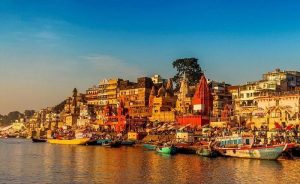
Recommended Package
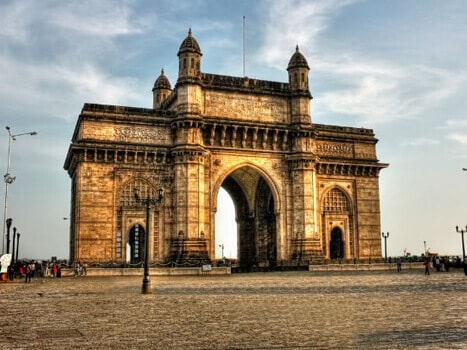
WEST AND NORTH INDIA WITH NEPAL “18 DAYS”
Read more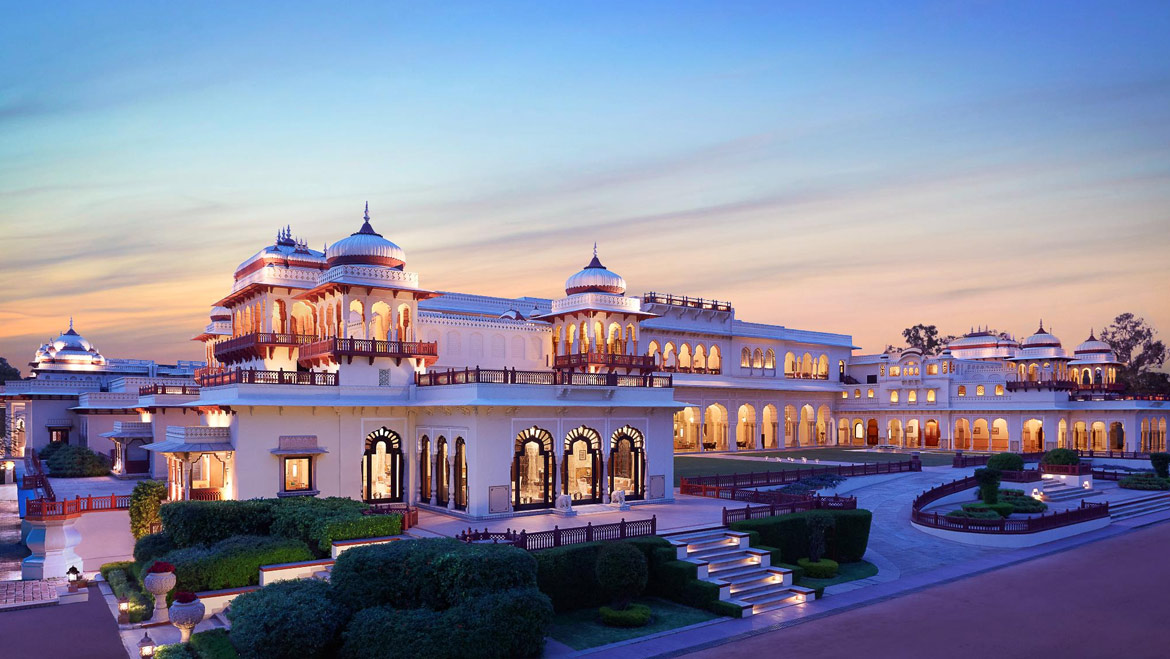
SPLENDID NORTH INDIA WITH NEPAL “14 Days”
Read more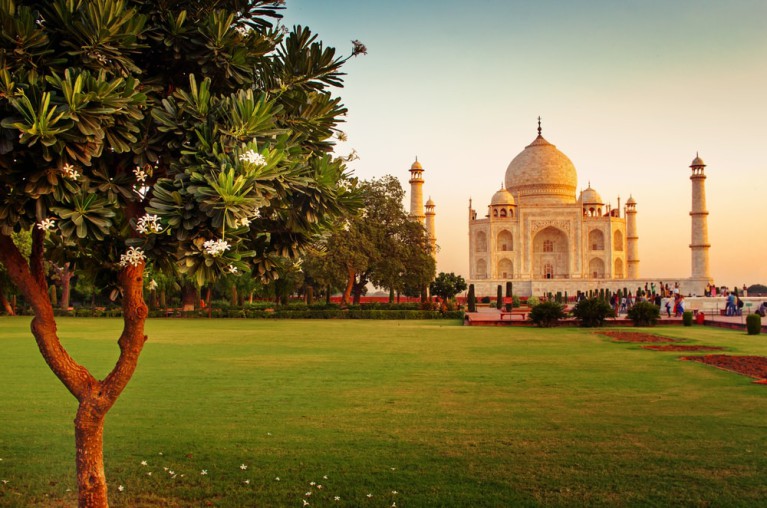
BEST OF RAJASTHAN WITH AGRA “21 DAYS”
Lorem ipsum dolor sit amet, consectetur adipisicing elit, sed do eiusmod tempor incididunt ut labore et dolore magna aliqua. Ut enim ad minim ven.
Read more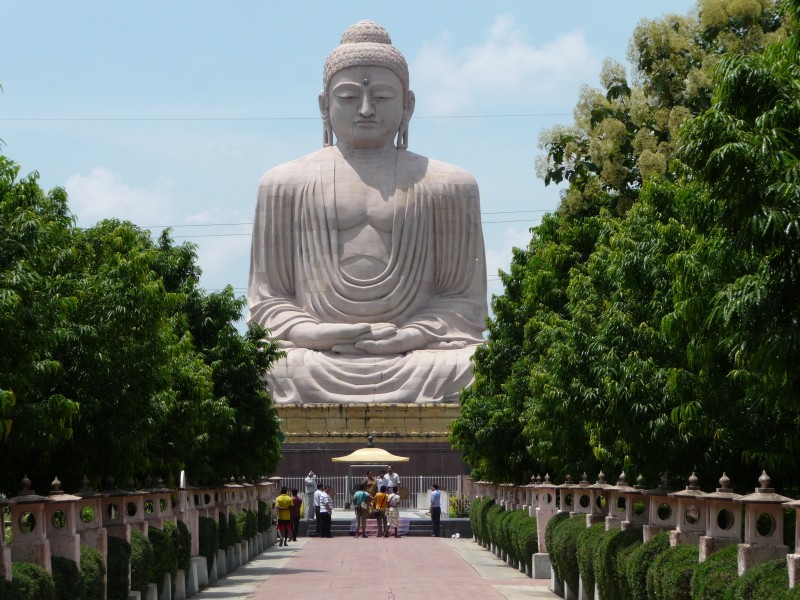
FOOT STEPS OF BUDDHA “12 DAYS”
as well as an array of rare wildlife. Must-see destinations include Jaipur, Udaipur and Jodhpur among many others.
Read more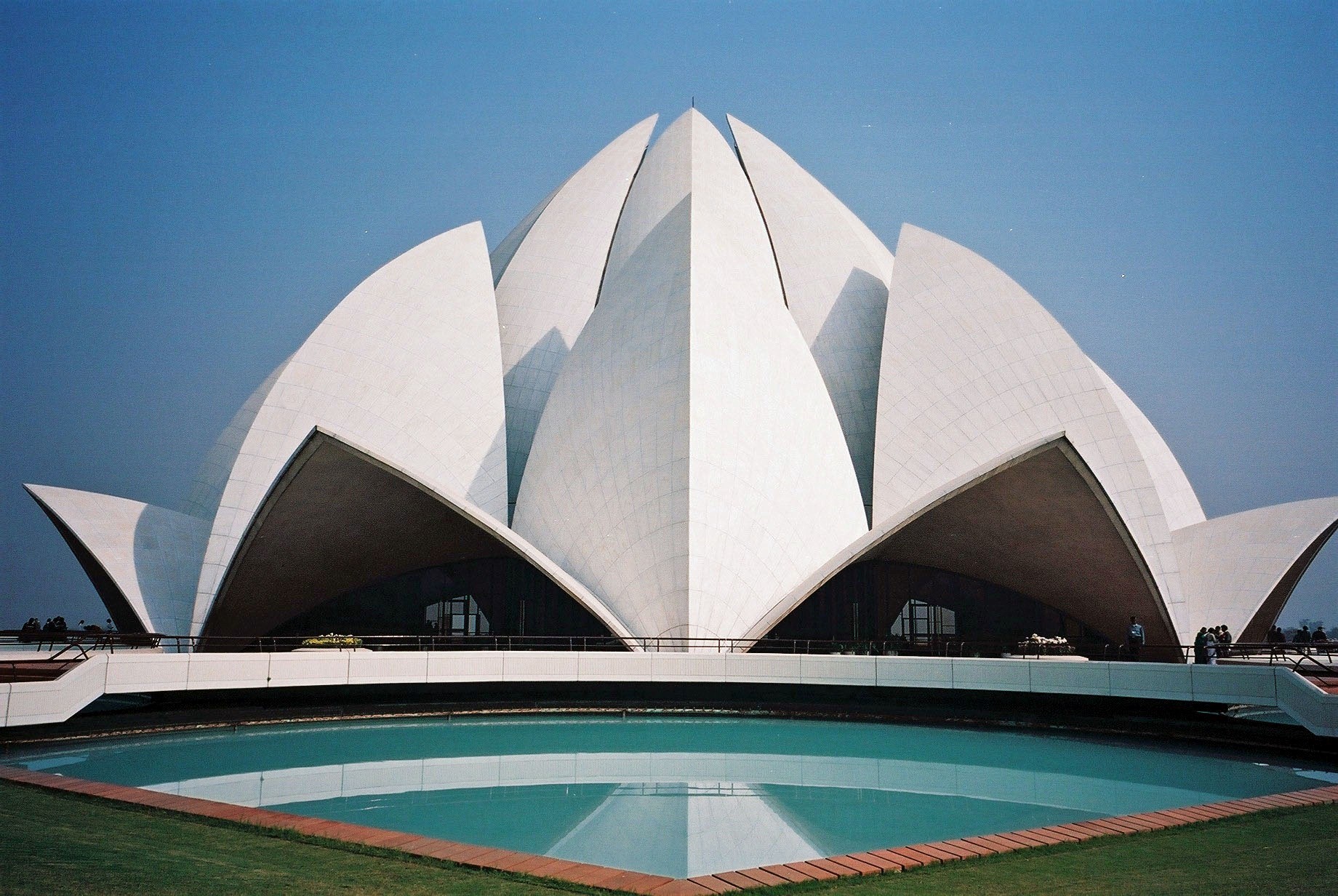
NORTH INDIA PILGRIMAGE “10 DAYS”
Lorem ipsum dolor sit amet, consectetur adipisicing elit, sed do eiusmod tempor incididunt ut labore et dolore magna aliqua. Ut enim ad minim ven.
Read more